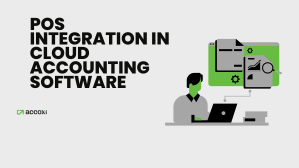

November 20, 2019

The Central Board of Indirect Taxes & Customs has released new GST return forms. The government aims at simplifying the return forms of taxpayers with this new GST forms introduced. Under the new GST return policy, there will be one main return i.e. Form GST RET-1 and two annexures i.e. Form GST ANX-1 and Form GST ANX-2.
The new GST forms released will be applicable from the second quarter of FY 2019-20. While GSTR-3B and GSTR-1 will be continued to be applied, the new GST forms released are:
If taxpayers file returns on a monthly or quarterly basis through GST RET-1, he will be eligible to take credit of the missing invoices. The case is otherwise for taxpayers who opt to file Sahaj (GST RET-2) or Sugam (GST RET-3).
The taxpayer also has the following options to switch their returns:
Sahaj → Normal or Sugam
Sugam → Normal
|
Form GST ANX-1 |
Annexure of outward and inward supplies drawing reverse charges |
|
Form GST ANX-2 |
Annexure of inward supplies |
|
Form GST RET-1 Form GST RET-2 Form GST RET-3 |
Monthly/Quarterly return |
|
Form GST ANX-1A |
Revision of Form GST ANX-1 |
|
Form GST RET-1A Form GST RET-2A Form GST RET-3A |
Revision of Form GST RET-1, Form GST RET-2, Form GST RET-3 |
|
Form GST PMT-8 |
Payment of self-assessed tax |
On 16/11/2019 (Saturday), the Finance Minister Smt. Nirmala Sitaraman has demanded the GST management to conduct a special filing demonstration session for new return system. The minister believes that this exercise will procure some intellectual feedbacks from the taxpayers before the new GST forms become live from April 1, 2020.
The meeting chaired by the Finance Minister was attended by Chartered Accountants, Traders and Stakeholders with the objective of simplifying the GST forms and transforming the filing process to a more user-friendly one.




